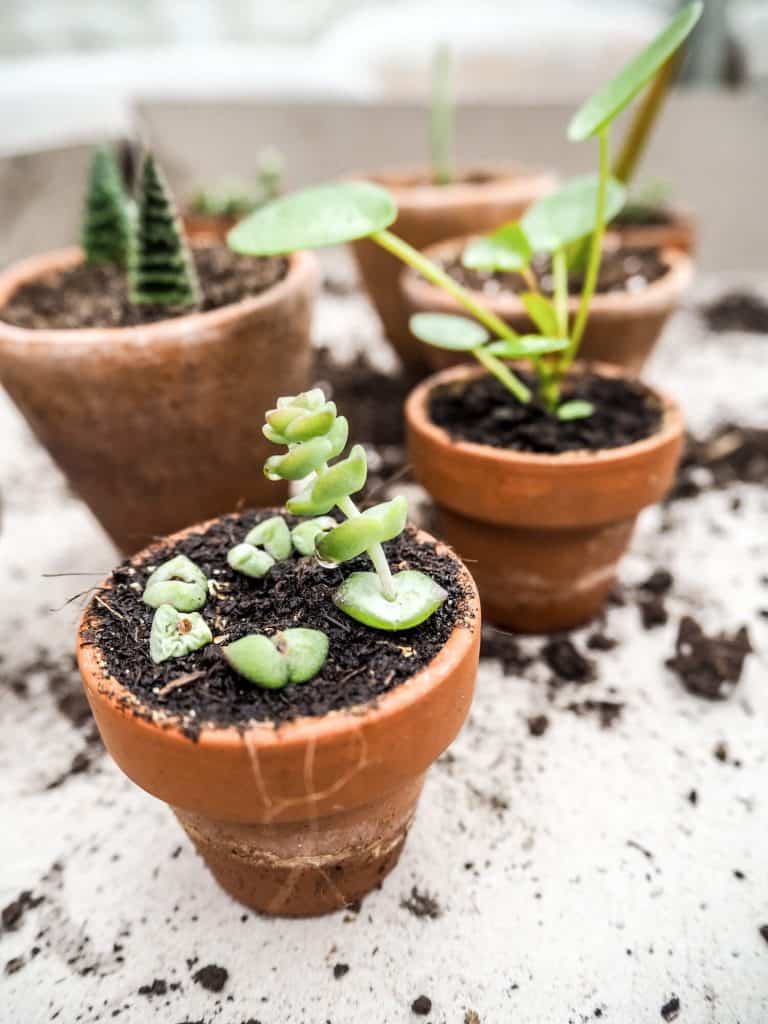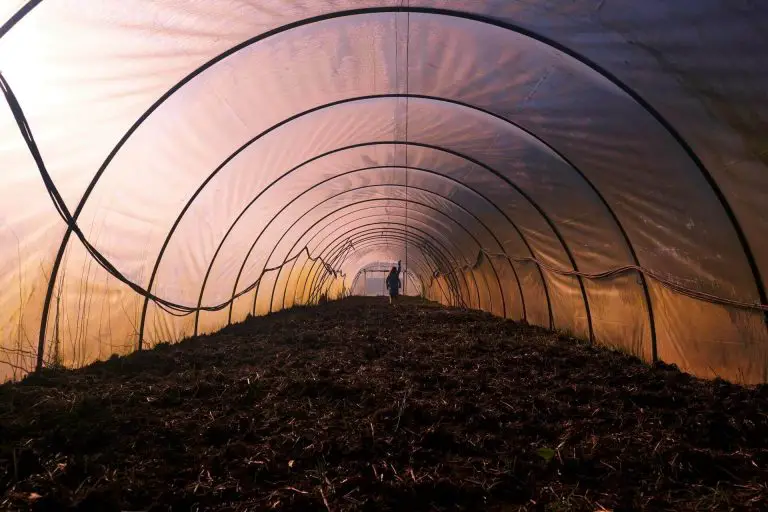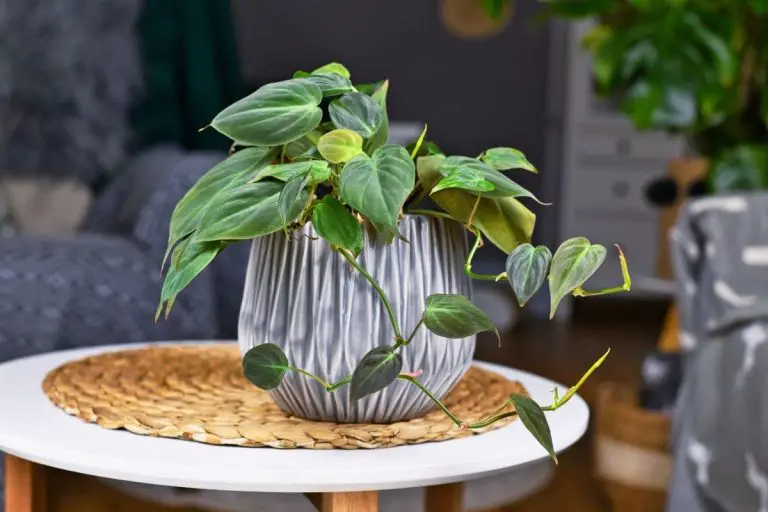How To Propagate Philodendron (A Quick And Easy Guide!)
Are you wondering how to propagate philodendron and how to do it the right way, so you don’t end up killing your precious plant?
Look no further, we have a quick and easy guide just for you!
Philodendron is a genus that refers to over 480 species of plants. With each species exhibiting a variety of leaf structures, colours, and care requirements, philodendrons are enough to get any plant lover excited. Aside from unique plants, plant lovers and hobbyists also love one other thing – free plants.
Buying plants isn’t exactly expensive, but being able to grow your own plants with the ones who have is rewarding both financially and skill-wise. Being able to successfully propagate any plant is a worthy achievement, especially when you get to share your new plant babies with friends and family.
Whether you’re new to the world of propagation or you’re just wanting to make sure you propagate a philodendron properly, we’ve got you covered. Fortunately, it’s pretty straightforward to propagate one of these plants!
Here is everything you need to know about how to propagate a philodendron.
DISCLOSURE
Some of the links on here are affiliate links and I may earn if you click on them, AT NO EXTRA cost to you. Hope you find the information here useful! Thanks.
Related Articles:
- Philodendron Pedatum – Caring for Exotic Indoor Plant
- How to Care for Philodendron Verrucosum: Essential Tips
- The Best Practices to Care for Philodendron Birkin
- Peperomia Polybotrya: Comprehensive Care Guide
- How To Propagate A Chinese Evergreen : 2022 Guide
- How To Propagate Begonias: The RIGHT Way!
- How To Propagate Crassula Ovata (Jade Plant) in 8 Simple Steps
When To Propagate A Philodendron
The best time to propagate a philodendron is in spring when the plant is completely out of dormancy and the weather is beginning to get warmer.
The natural habitat of philodendrons is tropical environments, which is when they grow the best. Ideally, you’d want to propagate your philodendron just in time for summer when it gets really warm, as this is the perfect condition for it to grow.
Place your cuttings under indoor grow lights to ensure optimal plant growth!

Also, you should only ever propagate a healthy philodendron. If your plant exhibits leaves that are yellowing or have brown spots, or perhaps the leaves are looking pale and weak, don’t propagate until it is completely healed.
This is because the propagation process might harm the plant.
How To Propagate A Philodendron
You Will Need
- Water
- Mixture of soil and perlite
- Paper clips
- Horticulture oil
- Jar/container
- Sphagnum moss
- Sterilized scissors or sharp knife


Before you do anything, ensure that your scissors or sharp knife are properly sterilized with disinfectants. This is to prevent spreading bacteria to the open wound of the plant.
- Use your sterilized knife or scissors to make a cutting. The stem should be about 3-6 inches long. We recommend making this cutting above another leaf on the same stem, as this will encourage the plant to regrow the cut leaf.
- Carefully remove the leaves on the stem, leaving the top three or four on the cutting.
- Either put the stem in a container or jar of clean water, or directly into moist potting soil. Ensure that the leaves are not submerged in the soil or water.
- Place the cutting in the container or pot in direct sunlight near a window. The soil must remain moist but shouldn’t be wet at all times, so keep an eye on whether it needs watering.
- With the water method, ensure that you change the water every few days. The temperature of the water should be at room temperature.
- If you choose the water method, this will allow you to watch the roots grow after 2-3 weeks. Once the roots are about one inch long, you can transfer the cutting to potting soil in a small container. This container shouldn’t be more than 3-4 inches wide, because anything bigger will overwhelm the plant and will provide too many nutrients for it to grow properly.
- If you choose the soil method, make sure to water the soil when the top layer is crumbly for the first 3-4 weeks. After that, you can water as usual. This will allow the roots to establish without drowning them.
- After another 2-3 weeks, gently tug on the cutting in the potting soil. You’ll know it’s time to put the plant in a proper pot when you feel resistance, as this is a sign that the roots have properly formed.
Our best advice is to choose the ideal place to make a cutting before you go in with any sharp objects. Once the cutting has been made, you can’t put it back! This means that if the cutting isn’t long enough, it won’t have enough nutrients within the stem to grow. The best stem cutting will feature a few nodes and aerial roots.
Place your plant cut ends in rooting powder to stimulate root growth!

When you’re ready to make the cutting, cut the stem diagonally. This is to allow water to seep into the stem better than if the cut was made horizontally. Make sure you wash your hands after making the cutting, as philodendrons exude an irritable sap.
Water Vs Soil Method
To be honest, it doesn’t matter which propagation method you choose to go with when propagating a philodendron. Both the water and soil methods work well, plus they’re pretty easy to do.
It all mostly comes down to trial and error, because you might find that you’ll need to practice propagation techniques once or twice before you’re successful (especially if you’re new to propagation).
The main difference between the water and soil propagation methods is that the water method allows you to see how the roots are growing. Not only does this give you an idea of when to pot the cutting, but it will also let you know whether the cutting was successful or not.
Plus, it’s pretty cool to see how the roots grow from a single stem cutting. This is something the soil method lacks, because without having visual access to the roots, you might be wasting your time as you wait for an unsuccessful cutting to grow.
Do I Have To Pot My Philodendron Cutting?
If you’ve chosen the water method and you’ve grown to love the view of your cutting, you’ll be happy to know that you don’t have to pot your cutting. Philodendrons can exist fine in water, but keeping it in water requires far more maintenance than if the plant is in soil.
Place your propagated plant cuttings in aesthetically pleasing propagating tubes to ensure proper root growth!

Water doesn’t hold any nutrients and increases the risk of fungal infections, which means you’ll have to change the water regularly and feed the plant with liquid fertilizer monthly.
Ideally, you should pot your philodendron cutting in well-drained soil when it is ready. Soil is filled with nutrients and makes it far easier to care for the plant.

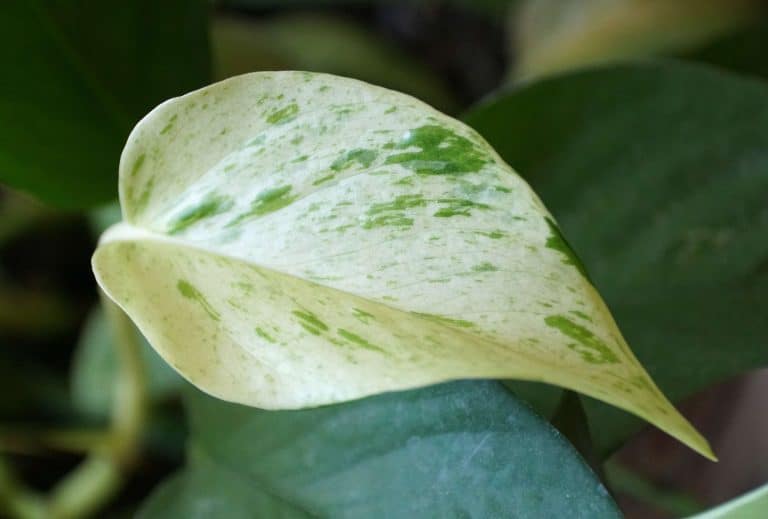
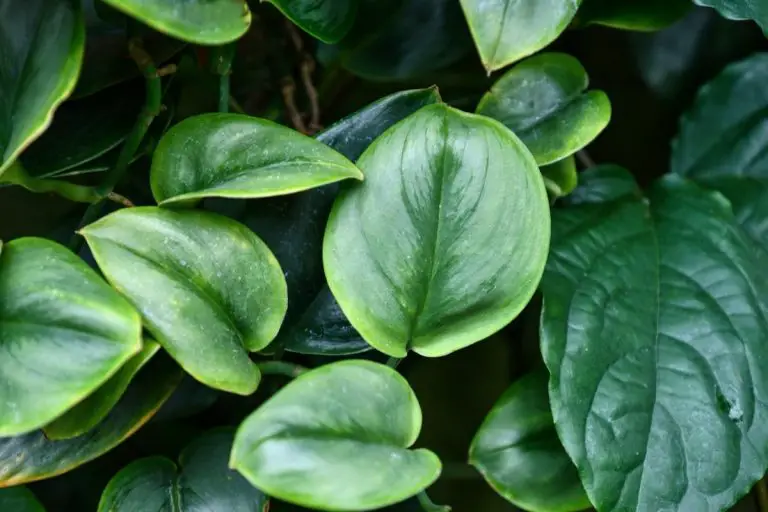
![How To Trim Basil Plant Without Killing It & What To Avoid! [2023]](https://aboveandbeyondgardening.com/wp-content/uploads/2022/10/how-to-trim-basil-plant-without-killing-it-768x513.jpg)
